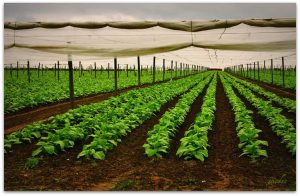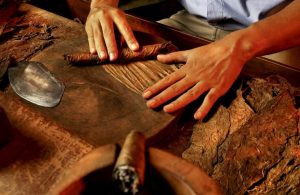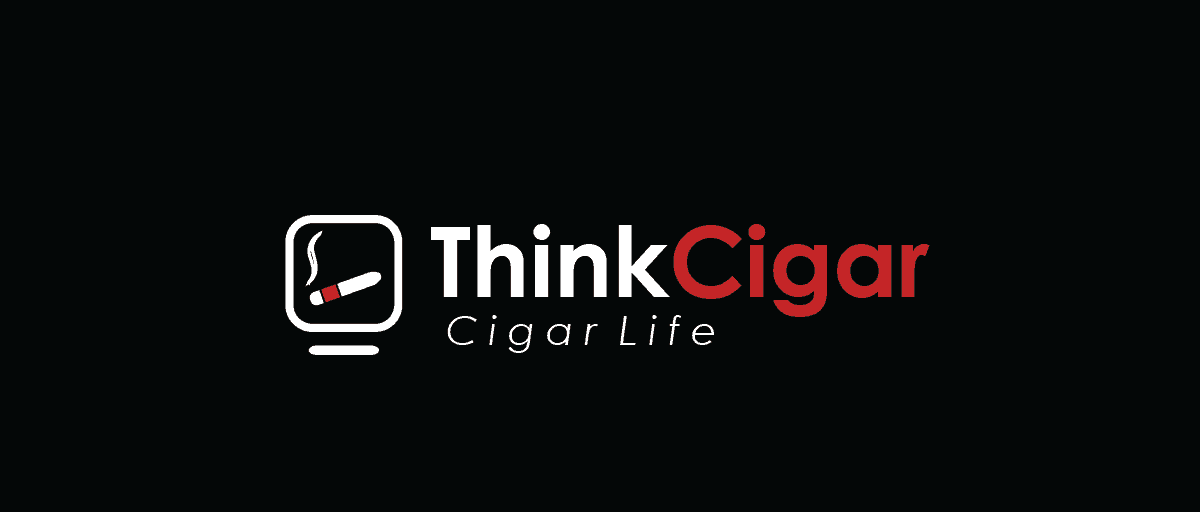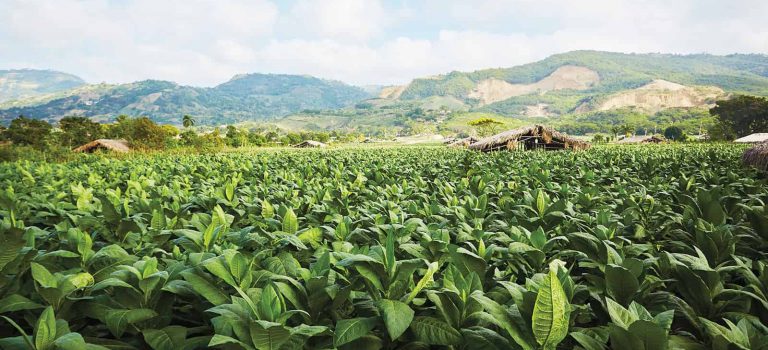Cigar Tobacco Leafs
Often when lighting up that special smoke you couldn’t wait to get your hands on, we sometimes pause, look inquisitively at the cigar and ask the question…how did you get here ? Listen, we know where we purchased it, the alleged countries involved, the brands and bands; but there’s more to consider, the genesis of it all, where did the goddamn leafs come from in the first place. I mean it’s not like Coca Cola, or a Big Mac, for many casual smokers there are unanswered questions that haven’t even been born as questions yet. Well kids, it’s time uncle Monte, gave you the talk (somebody has to) , it’s just the right thing to do.

So right off-the-rip…let’s get your internet parents over at Wikipedia involved:
A cigar is a rolled bundle of dried and fermented tobacco leaves made to be smoked. They are produced in a wide variety of sizes and shapes. Since the 20th century, almost all cigars are made up of three distinct components: the filler, the binder leaf which holds the filler together, and a wrapper leaf, which is often the best leaf used. Often the cigar will have a band printed with the cigar manufacturer’s logo. Modern cigars often come with 2 bands, especially Cuban Cigar bands, showing Limited Edition (Edición Limitada) bands displaying the year of production.
Cigar tobacco is grown in significant quantities primarily in Central America and the islands of the Caribbean, including Cuba, the Dominican Republic, Haiti, Honduras, Mexico, Ecuador, Nicaragua, Guatemala, Panama, and Puerto Rico; it is also produced in the Eastern United States, the Mediterranean countries of Italy and Spain (in the Canary Islands), and in Indonesia and the Philippines of Southeast Asia.
The origins of cigar smoking are still unknown. A Mayan ceramic pot from Guatemala dating back to the tenth century features people smoking tobacco leaves tied together with a string.
Ok, now with that out of the way let’s break this thing down:
Connecticut Broadleaf Tobacco
Most cigar aficionados love the earthy flavor and rich sweetness of this tobacco. You’ll find this type of cigar tobacco in your Maduro cigars and it is grown in sunny Connecticut. This type of tobacco is also mainly used for machine-manufactured cigars. You can normally tell if you’re smoking a Connecticut broadleaf cigar by the copious veins on its wrapper. The growth of this tobacco is a result of the many Andes natives who immigrated to the United States.
Isabela Burley Tobacco
This tobacco leaf is world-class. You’ll find these growing in the Philippines in the Cagayan Valley. Isabela Burley tobacco has a distinctive taste and aroma. It’s also one of the highest in demand tobaccos globally It’s also rather mild, making it ideal if you’re not used to smoking cigars and are yet to acquire a taste for it.
San Andres Tobacco
These are perfect if you’re a cigar aficionado who loves Costa Rica or Mexican-grown tobaccos. San Andres tobacco is derived from rich Mexican soil and seeds in the San Andres Valley. It’s usually used to manufacture Madura cigars. It’s also used as a cigar wrapper. You’ll revel in its smooth chocolaty, and pepper-like nuances.
Sumatra Tobacco
Another derivative of black tobacco, this tobacco has several variations grown in different parts of the world. Some of these variations include Dominican, Cameroon, Ecuadorian, Nicaraguan and dark Sumatran tobaccos. You’ll find the Nicaraguan type in La Flor de Oliva or La Reloba Sumatra. Enjoy the spicy and darker Ecuadorian variety in the form of the upper medium to full-bodied Ligero Cabinet Oscuro. This cigar is not too strong, but can evoke quite a kick. It’s always advisable to eat first.
Olor Tobacco
Also known as Olor Dominicano, this type stems from the Dominican Republic (DR). Its leaves are quite thin and it burns well. The aroma here is absolutely potent. This explains the name, which is Spanish for ‘aroma’. Go to any of the most prominent tobacco shops and you’ll be sure to see these stacked on the shelves. Other flavorful DR tobaccos of note are Piloto Cubano, which is cultivated from Cuban seed, derived from the Cuban Vuelta Abajo region.


Of course there are many other types of tobacco used to make cigars ; but this gives the casual aficionado some ammunition to deal with the know it all, and so called experts (you know who you are) , a little knowledge can provide for a very puffed-out chest…lol. The soil and the planting, the harvesting drying and curing, the blending of leafs by masters, and the magic hands with skills passed down from family members and mentors all, participate in the dance that delivers. Behold, this is how the goddamn thing got here.
As I write this it’s Fathers day, I imagine there will be many a cigar in play today…lighting up is a pleasure that’s not so guilty (if you ask me), find that spot for a smoke as special as today, you’ve earned it. To all who live the cigar lifestyle dream; this one’s for you…smoke em if you got em.
#thinkcigar


